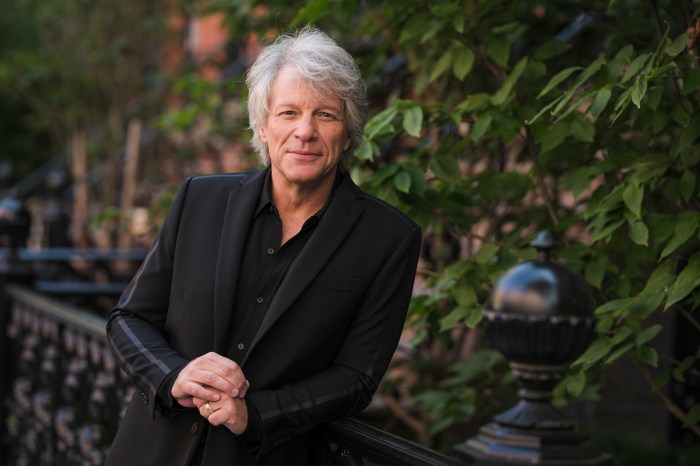By Cynthia Koons
“Flushing Creek is a very foul waterbody – there's no question,” Stephen Whitehouse of Saratoga Associates told Community Board 7 meeting Monday night. “That's why it was prioritized in the water study.”
Saratoga Associates has been charged with the task of studying the city's waterways that include Flushing Bay and Flushing Creek. Currently, about $6 million in federal money is funding the dredging of those waterways in order to raise the water level in the bay and clean the river in time for waterfront development.
“This is one of the largest watersheds in the city,” Whitehouse said. “We're looking at the next 20 to 30 years.”
Whitehouse visited the community board in an attempt to establish a team of interested parties, including residents, boaters and area businesses that could provide public input for the study.
“I'd love to get some Flushing Bay boaters out there,” he said.
The city DEP has a team including engineers, planners, ecologists, biologists and stakeholders analyzing data about the waterways in order to make recommendations for specific rivers and creeks in the city.
Whitehouse said there are 26 study areas in the plans.
The city is now interested in determining how residents use the specific waterways.
In Flushing's master plans, the city is planning to develop a waterfront promenade that residents can stroll along. The question remains if the waterfront will be developed on both the downtown Flushing side and the Willets Point side of the river.
The dredging project has been underway for three years, and is intended to raise the water level in the Flushing Marina Bay where boats can be spotted resting on their sides in shallow waters. Through natural patterns, the bay floor has risen as grass, algae and animal life have collected on the marine floor.
The U.S. Corps of Engineers began dredging 150,000 yards of material in the Flushing River last year to remove debris.
“We are trying to frame the next stage of water work compared to what is being done,” Whitehouse said.
He invited members of the public to join the team and provide their views for the initiative.
Later in the meeting, CB 7 voted not to make 21st Avenue between 163rd and 166th streets a westbound one-way road and 21st Road between the same two streets an eastbound one-way road in Whitestone.
The proposal came up because residents were frustrated with parents who double-park when they drop their children off at PS 184 in Whitestone.
The directions of the one-way streets would require students to cross in front of vehicles in order to get to school, which was considered a reason to not instate the one-way streets.
Reach reporter Cynthia Koons by e-mail at news@timesledger.com or call 718-229-0300, Ext. 141.
































